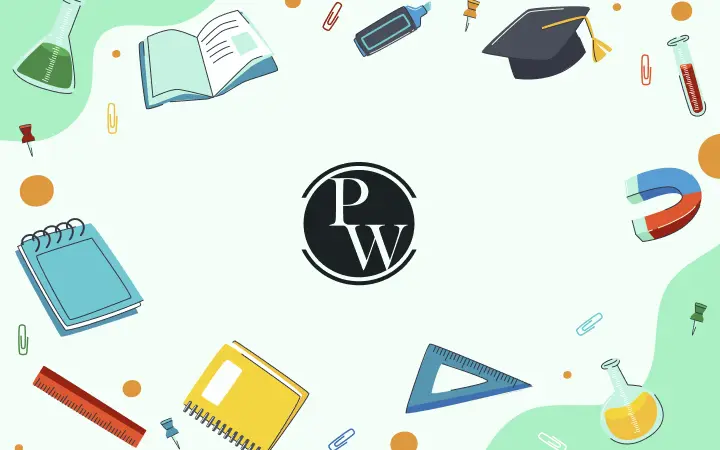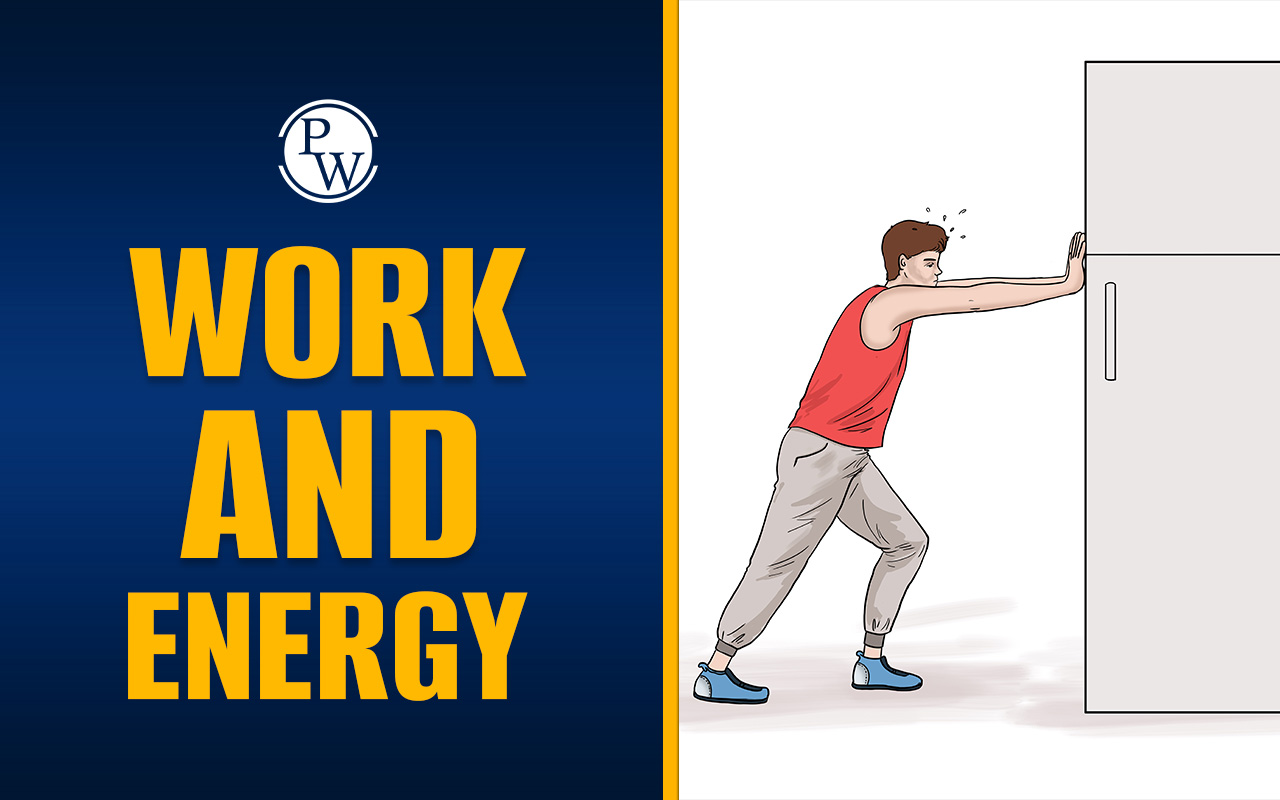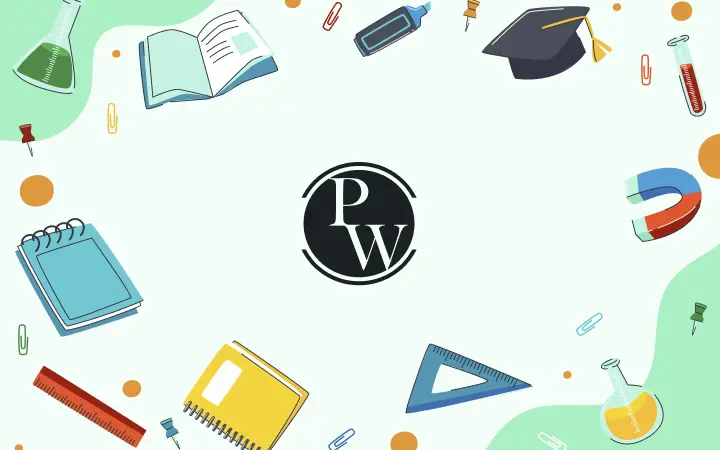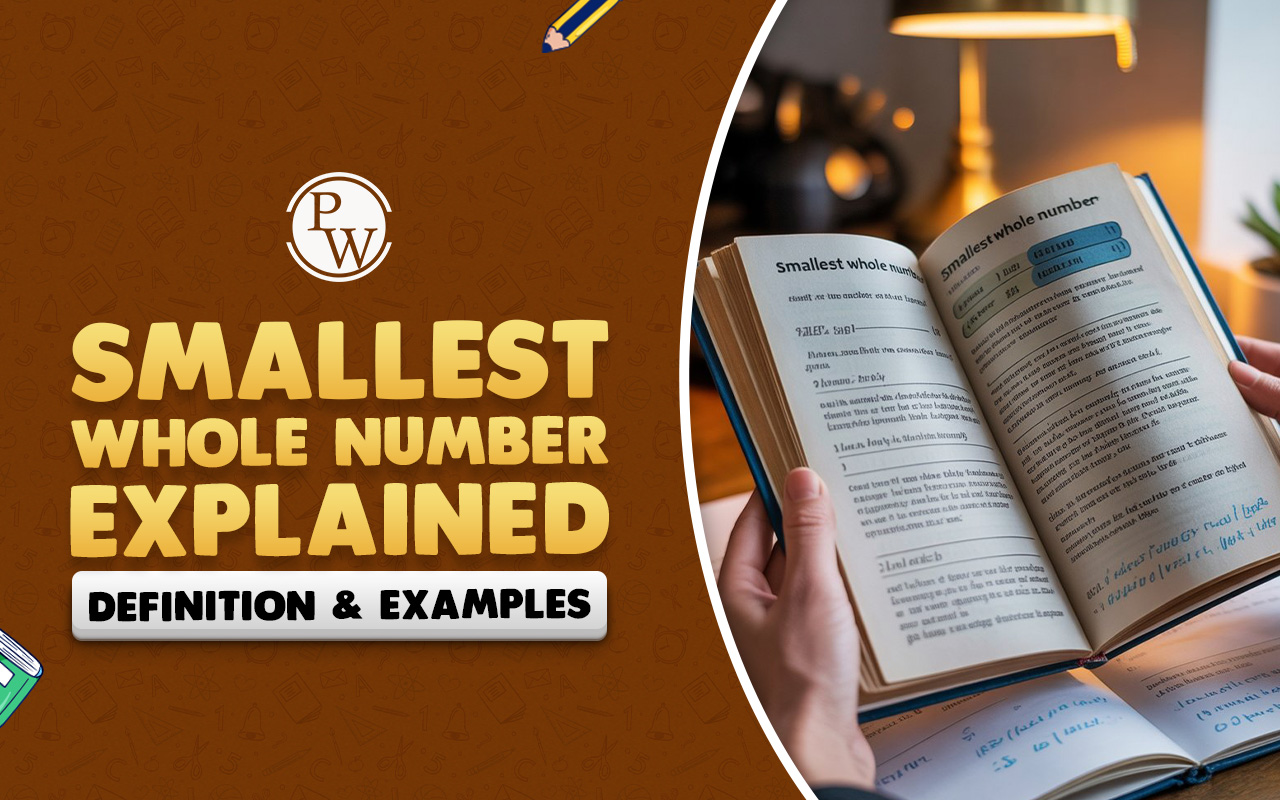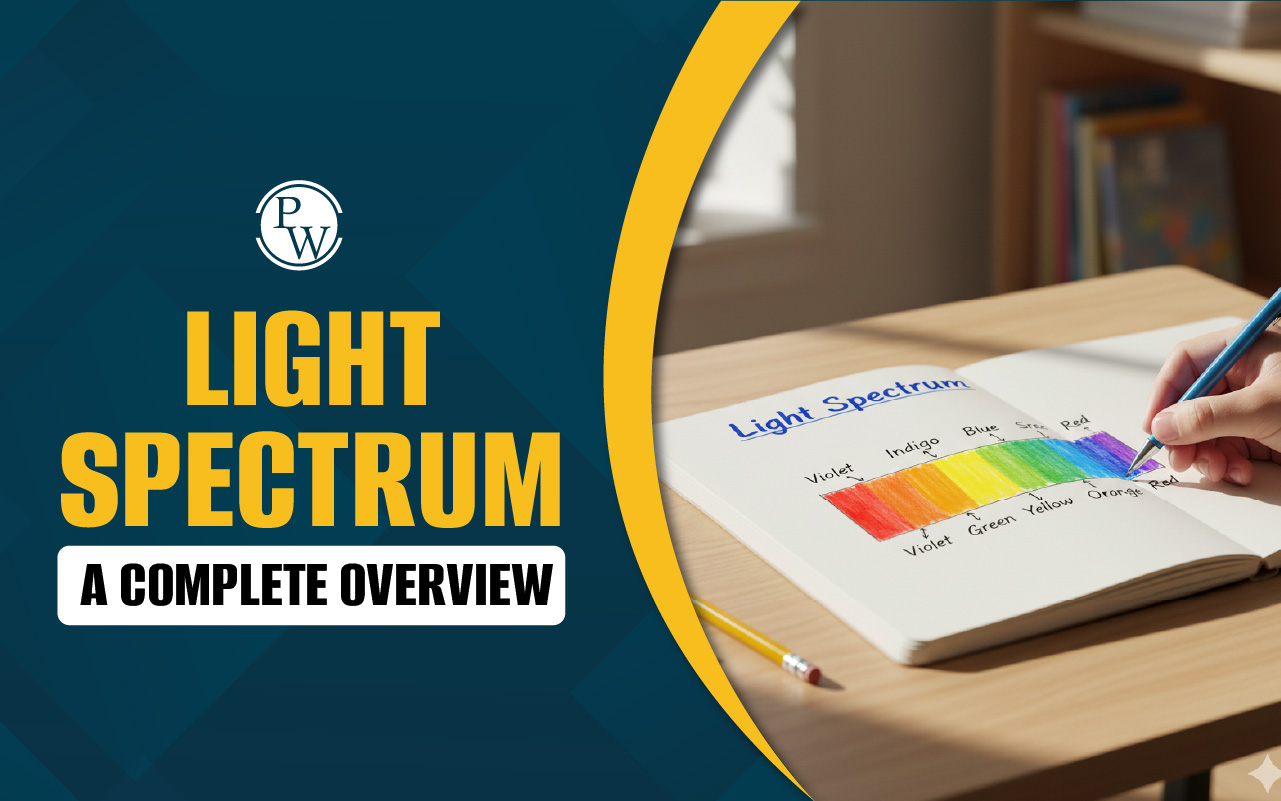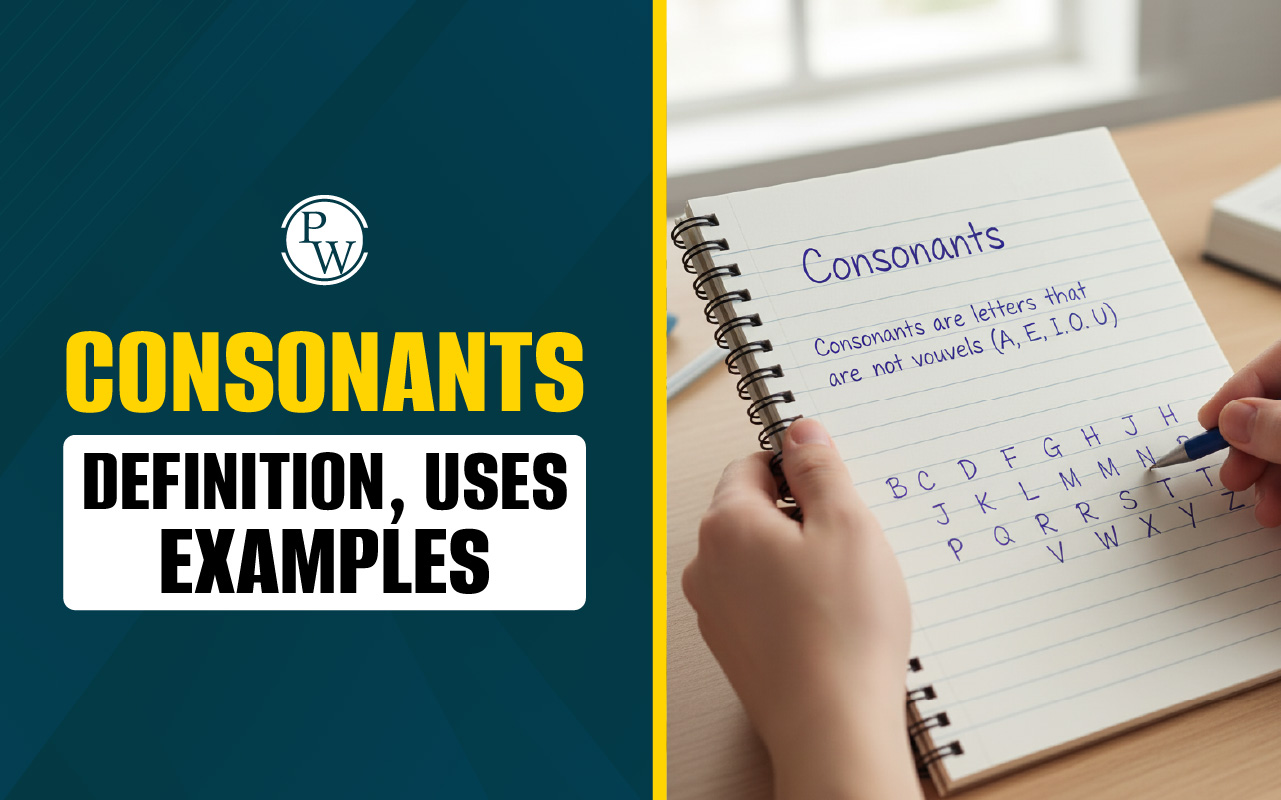
First, second, and third person in English: As a student trying to improve English grammar skills, one of the most important aspects is understanding who is speaking or being referred to in a sentence. These are the basic concepts of first-person, second-person, and third-person points of view used in written and verbal communications.
This blog will help students learn what the first, second, and third person mean and how to identify and use them correctly, supported with plenty of 1st, 2nd, and 3rd person examples to make learning easier.
Read More- Types of Sentences with Examples
Why Are These Pronouns Important for Students?
Students must be aware of the proper use of first-person, second-person, and third-person pronouns while writing an essay, telling a story, or answering comprehension questions. It strengthens grammar skills, improves writing style, and builds confidence in English communication. Parents must support this learning by recognising the importance of these pronouns in everyday reading and writing.
Read More- Pronouns - Definition, Types and Examples
What is the First Person?
When you write using the first person, you tell what you did, felt, or experienced. This is commonly used in essays and letters written from a personal point of view.
First person Keywords: I, me, my, mine, we, us, our, myself, etc.
1st Person Example:
“I studied hard for the exam because I wanted to improve my ranking”.
This sentence clearly shows the writer is talking about their own actions and thoughts.
Why It Matters?
The first person is used to express personal opinions or experiences during storytelling, dialogue writing, or diary entries.
Read More- Idioms and Phrases in English- Definition and Examples
What is the Second Person?
The second person is used when directly addressing or talking to another person. It's like giving instructions, asking, or telling someone what to do. You will often find it in instruction manuals, cookbooks, and question papers as part of instructions.
Second person Keywords: You, your, yours, yourself, etc.
2nd Person Example:
“You should always revise the chapter and practice questions for better understanding”.
Through this sentence, someone gives instruction or advice to another person using the second-person pronoun.
Why It Matters?
The second person is great for communicating one-on-one, like giving instructions or writing informal letters.
Read More- 8 Parts of Speech - Definition with Examples
What is the Third Person?
The third-person point of view relates to other people or things and their actions, status, or behaviours. This is the most commonly used perspective in academic writing and describing incidents.
Third person Keywords: He, she, they, them, their, and names like Puja, Rahul, etc.
3rd Person Example:
Sonia left the office early because she had to travel a long distance.
This sentence states Sonia's actions and thoughts from another person’s perspective.
Why It Matters?
The Third Person is very common in formal writing and describing events. Students must know how to use this in reports, essays, and general information sharing.
Read More - What is Complex Sentence? Definition With Examples
1st, 2nd, 3rd Person Examples Table
The table below gives a quick summary of 1st, 2nd, and 3rd person pronouns with examples:
|
1st, 2nd, 3rd Person Examples Table |
||
|
Point of View |
Keywords |
Sentence Example |
|
First Person |
I, me, my, we, us |
I enjoy reading fiction stories. |
|
Second Person |
You, your, yours |
You must finish your homework before you go out to play. |
|
Third Person |
He, she, they, names |
Priya took part in the dance competition. She secured the 2nd position. |
Tips for Parents and Students to Practice
Here are some simple ways to reinforce grammar skills and make writing more engaging and expressive.
For Parents:
-
Read some sentences from a story and ask your child whether it is written in first, second, or third person.
-
Help them write paragraphs or essays using first, second, or third person.
-
Watch a cartoon or show and discuss how the characters communicate using different points of view.
For Students:
-
Practice writing about your own experiences in diaries in the first person.
-
Give instructions to a friend using the second Person
-
Create a made-up story about someone else in the Third Person
Read More- Sentence Structure - Definition, Types & Examples
Subject-Verb Agreement for First, Second, and Third Persons
In the case of using the 'be' verb, there are some specific rules on how the verb will be used according to the first, second, and third Person and numbers of the subject. The table below explains the same with 1st, 2nd, and 3rd person examples.
|
Subject-Verb Agreement for First, Second, and Third Persons |
||||
|
Person |
Pronoun |
Verb |
Type of Verb |
Examples |
|
First person singular |
I |
am |
singular |
I am watching a movie |
|
First person plural |
We |
are |
plural |
We are travelling to Goa |
|
Second person singular/plural |
You |
are |
plural |
You are enjoying the food |
|
Third person singular |
He |
is |
singular |
He is a very intelligent student |
|
She |
is |
singular |
She is wearing a blue dress |
|
|
It |
is |
singular |
It is very dark outside |
|
|
Third person plural |
They |
are |
plural |
They are planning a picnic next Sunday |
Now, you get a fair idea about the first person, second person, and third person pronouns and how to use them in different contexts properly and accurately. Understanding these pronouns and their differences can help you learn grammar and improve writing quality with more clarity and creativity.
Improve Your Child’s English Grammar and Speaking Skills with Curious Junior
Are you concerned about your child’s weak grammar or difficulty expressing themselves in English? Many children struggle with verbs, pronouns, and sentence structure, which can hold them back in school and daily communication.
CuriousJr’s English Learning Course helps children build strong grammar skills in a way that’s simple, interactive, and enjoyable. With real-life examples and personalised guidance, students gain the confidence to use English accurately and fluently.
Key Benefits:
-
Learn over 2000 new words per session with clear pronunciation and everyday usage
-
Take part in live, one-hour classes designed to make learning engaging and effective
-
Develop confident speaking skills with practice and mentors' support
-
Receive regular feedback and progress updates to stay motivated
-
Strengthen reading, writing, listening, and speaking skills with a globally aligned curriculum
Perfect for students from Grade 1 to 8, the course gives your child the skills and confidence to use English effectively in everyday life. Book your seats today.
First, Second and Third Person FAQs
Q1 Are first-person, second-person, and third-person pronouns gender-neutral?
Q2 What is the most common use of the third person?
Q3 What point of view is the pronoun it?
Q4 What can be the best use of the second-person point of view?

